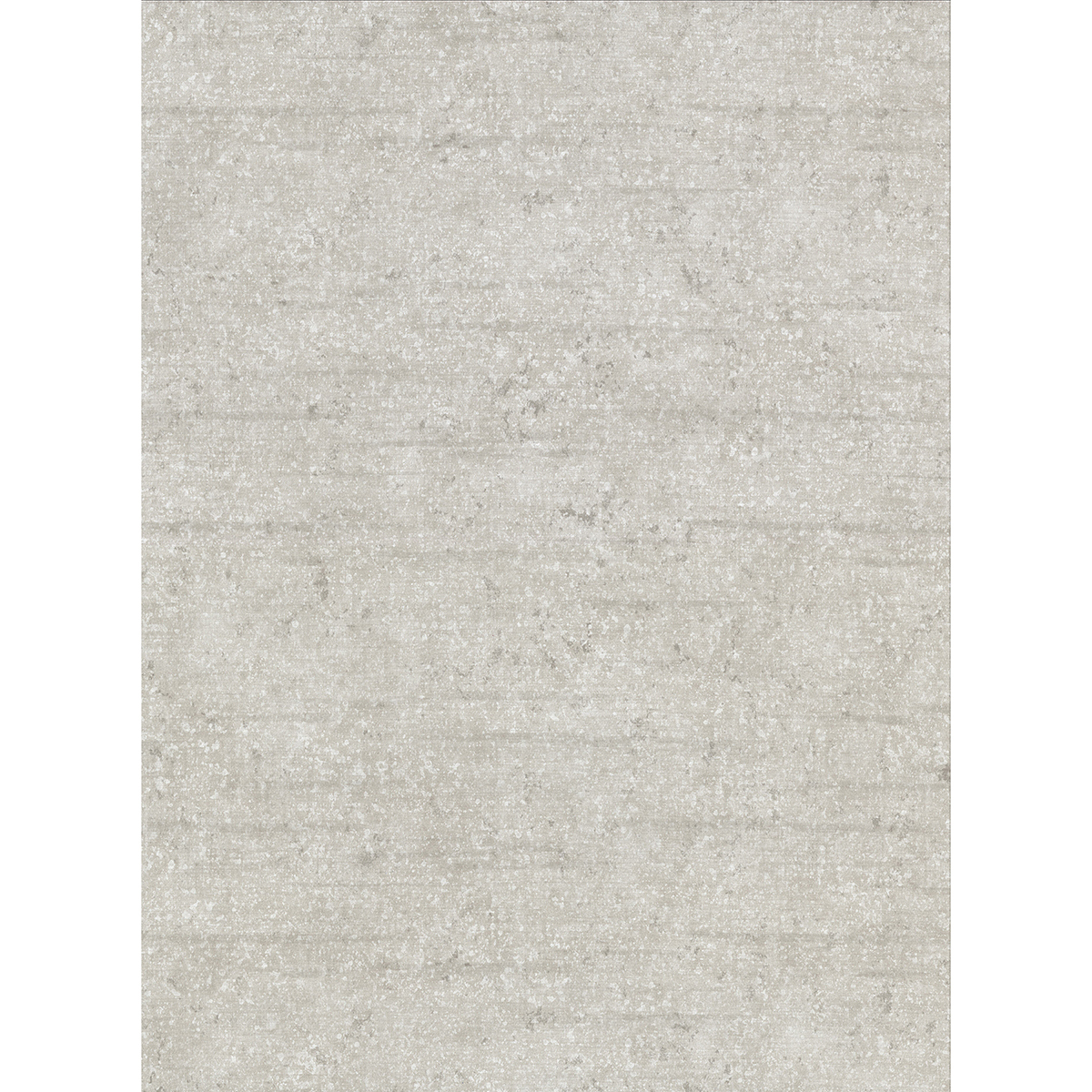

Metallic abrasion is a common cause of tarnish as well. When they interact with one another, the result is a slight deterioration paired with a strong color adjustment. Oxygen and sulfur dioxide are the two primary non-metal compounds that cause tarnish on metals. The key takeaway from this section should be that rust is never a good thing, but the others are great when controlled. You might be chasing the aesthetic or trying to get rid of it, but they’re all unique in their own ways. This suggestion, along with the other four, are the exact reasons that nobody intentionally rusts a surface.Īs you can see, there are several differences between these three substances. Patina and tarnish don’t cause any harm unless you’re using chemical sprays to artificially change the color.

Finally, rust is typically very dangerous when it causes cuts or gets into the bloodstreams.It also breaks away at the surfaces, causing unwanted cracks. On the other hand, rust shows up as a red-orange color that’s not quite as good looking. They’re often visually appealing to people who prefer vintage appearances. Tarnish and patina are usually grey, black, or green.They look very similar at times, but the differences can’t be mistaken. Both processes (including patina as well) can’t occur on most solid iron surfaces. Tarnish happens to copper, brass, aluminum, silver, and a few other metals.

They’re much more likely to happen in outdoor environments, but rust can occur in any environment that fits the aforementioned requirements.
#GREY AND PATINA FULL#
The refusal of any such licences shall not permit the cancelling of any sale nor allow any delay in making full payment for the lot. The need for import licences varies from country to country and you should acquaint yourself with all relevant local requirements and provisions before bidding. Details can be found on the ACE website or by phoning ACE on 020 7973 5188. Export licences are issued by Arts Council England and application forms can be obtained from its Export Licensing Unit. Export of goodsīuyers intending to export goods should ascertain whether an export licence is required before bidding. Auctioneers will apply current exchange rates. Qualifying living artists and the descendants of artists deceased within the last 70 years are entitled to receive a re-sale royalty each time their work is bought through an auction house or art market professional. VAT is not charged on the hammer price unless it is stated that there is 'VAT applicable on the hammer price at the end of the description. The buyer shall pay the hammer price together with a premium thereon of 25% up to £250,000 (30% inclusive of VAT), 20% from £250,000-500,000 (24% inclusive of VAT), 12% from £500,000 onwards (14.4% inclusive of VAT) The premium price is subject to VAT at the standard rate.


 0 kommentar(er)
0 kommentar(er)
